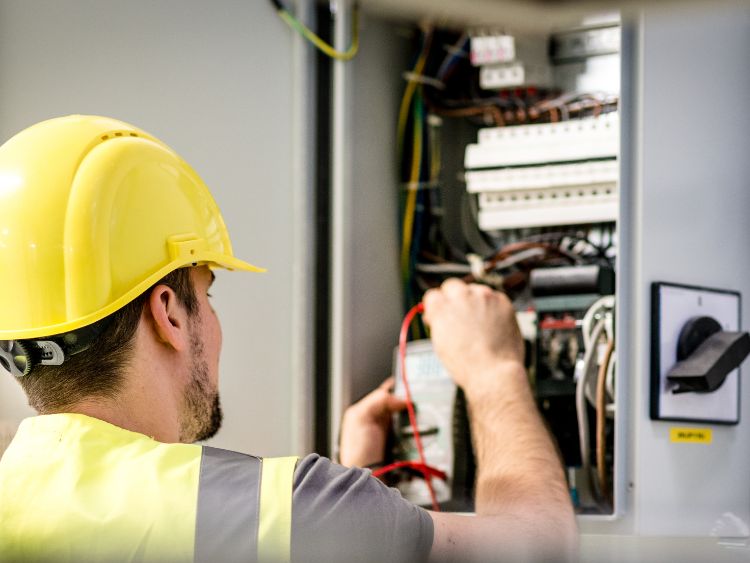Embarking on an adventure in your recreational vehicle (RV) promises freedom, exploration, and the joy of the open road. However, an unexpected hiccup in your RV’s electrical system can quickly put a damper on your spirits. Fear not, for mastering RV electrical repair isn’t as daunting as it might seem. With the right knowledge and a bit of elbow grease, you can ensure your journey continues smoothly. This article is your comprehensive guide to understanding and tackling RV electrical repairs head-on.
Imagine you’re miles away from the nearest town, surrounded by the serene beauty of nature, when suddenly your RV’s lights flicker and die. Electrical issues in an RV can range from a minor inconvenience to a major roadblock in your travel plans. However, with a solid understanding of your RV’s electrical system and some practical repair tips, you can overcome these challenges and get back to enjoying your adventure. Let’s dive into the electrifying world of RV electrical repair, ensuring you’re prepared for whatever comes your way.
Understanding Your RV’s Electrical System
Before we get our hands dirty, let’s break down the basics of an RV’s electrical system. There are two primary systems to be aware of:
- The 12-Volt DC System: This powers your RV’s basic functions, like interior lights, the water pump, and the refrigerator when it’s in gas mode.
- The 120-Volt AC System: This is similar to your home’s electrical system and powers appliances when you’re connected to an external power source or using a generator.
Knowing which system powers what in your RV is crucial for troubleshooting and repair.
Common RV Electrical Issues and How to Fix Them
Now, let’s tackle some common electrical problems you might encounter on the road:
- Battery Troubles:
- Check for loose connections and clean corrosion off the terminals.
- Ensure the battery is properly charged and consider replacing it if it’s old or damaged.
- Flickering Lights:
- This often indicates a loose connection. Tighten all connections and replace any worn-out wires.
- Power Surges:
- Use a surge protector to shield your RV from unexpected surges when hooked up to an external power source.
- Faulty Appliances:
- Check the appliance’s power source and connections. If an appliance consistently trips a breaker, it may need to be replaced.
Preventative Maintenance Tips
Prevention is always better than cure, especially when it comes to electrical systems. Here are some tips to keep your RV’s electrical system in top shape:
- Regularly inspect and clean all electrical connections.
- Use a multimeter to check your RV’s battery and ensure it’s holding a charge.
- Schedule annual professional inspections of your RV’s electrical system.
FAQs
Q: How do I know if my RV battery needs replacing? A: If your battery isn’t holding a charge or shows signs of swelling, it’s time for a replacement.
Q: Can I handle RV electrical repairs myself? A: Many minor repairs can be DIY projects if you have basic electrical knowledge. However, for complex issues, it’s best to consult a professional.
Q: What should I do if my RV loses power completely? A: First, check your main breaker. If it’s not the culprit, inspect your battery and connections for any obvious issues.
Summary
Tackling RV electrical repair can seem overwhelming, but with the right approach, it’s entirely manageable. By understanding your RV’s electrical system, addressing common issues with confidence, and maintaining a preventative mindset, you can ensure your RV adventures remain uninterrupted. Remember, safety comes first, so when in doubt, consult with a professional. Happy travels, and here’s to smooth sailing (or should we say, driving) on your RV adventures!
